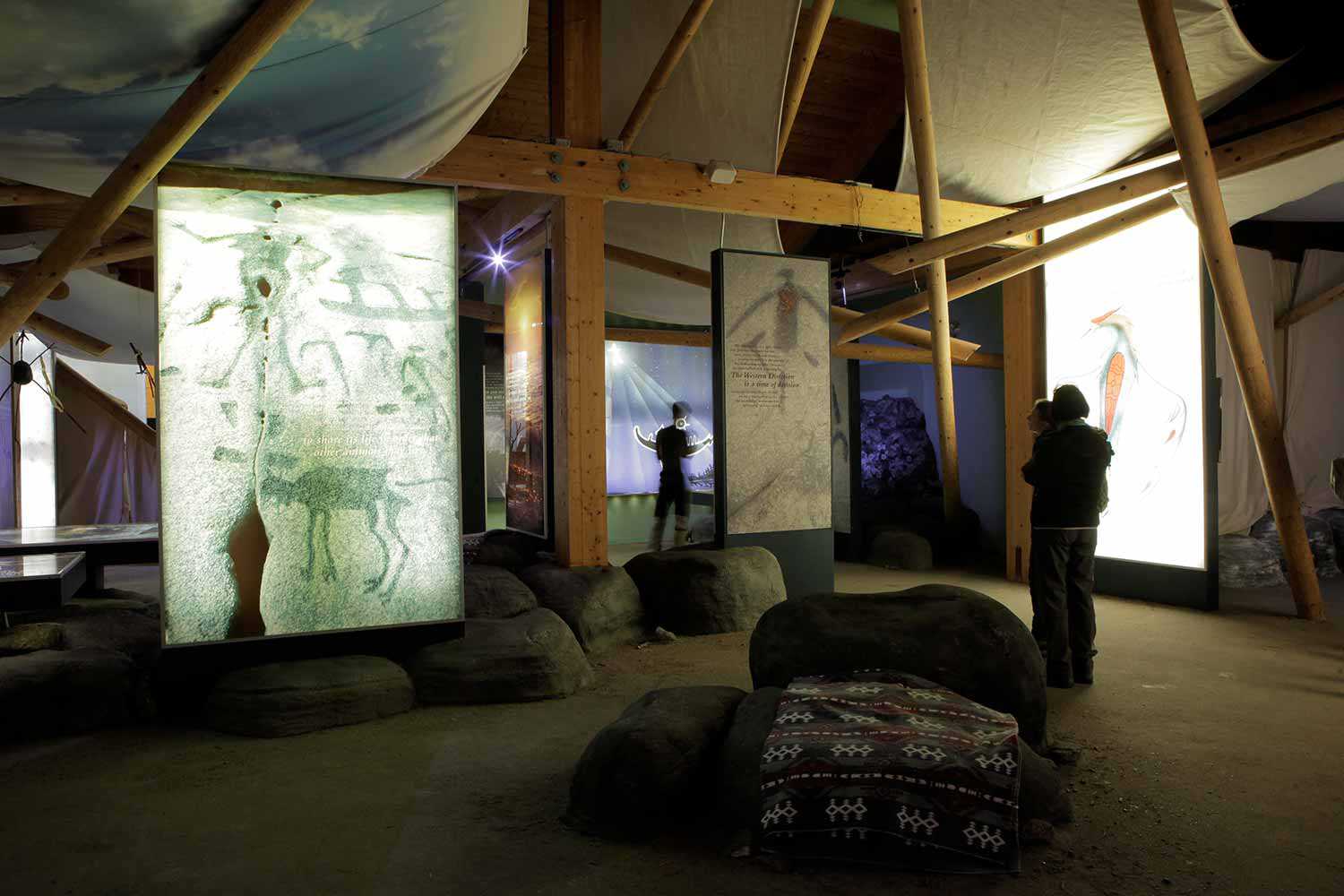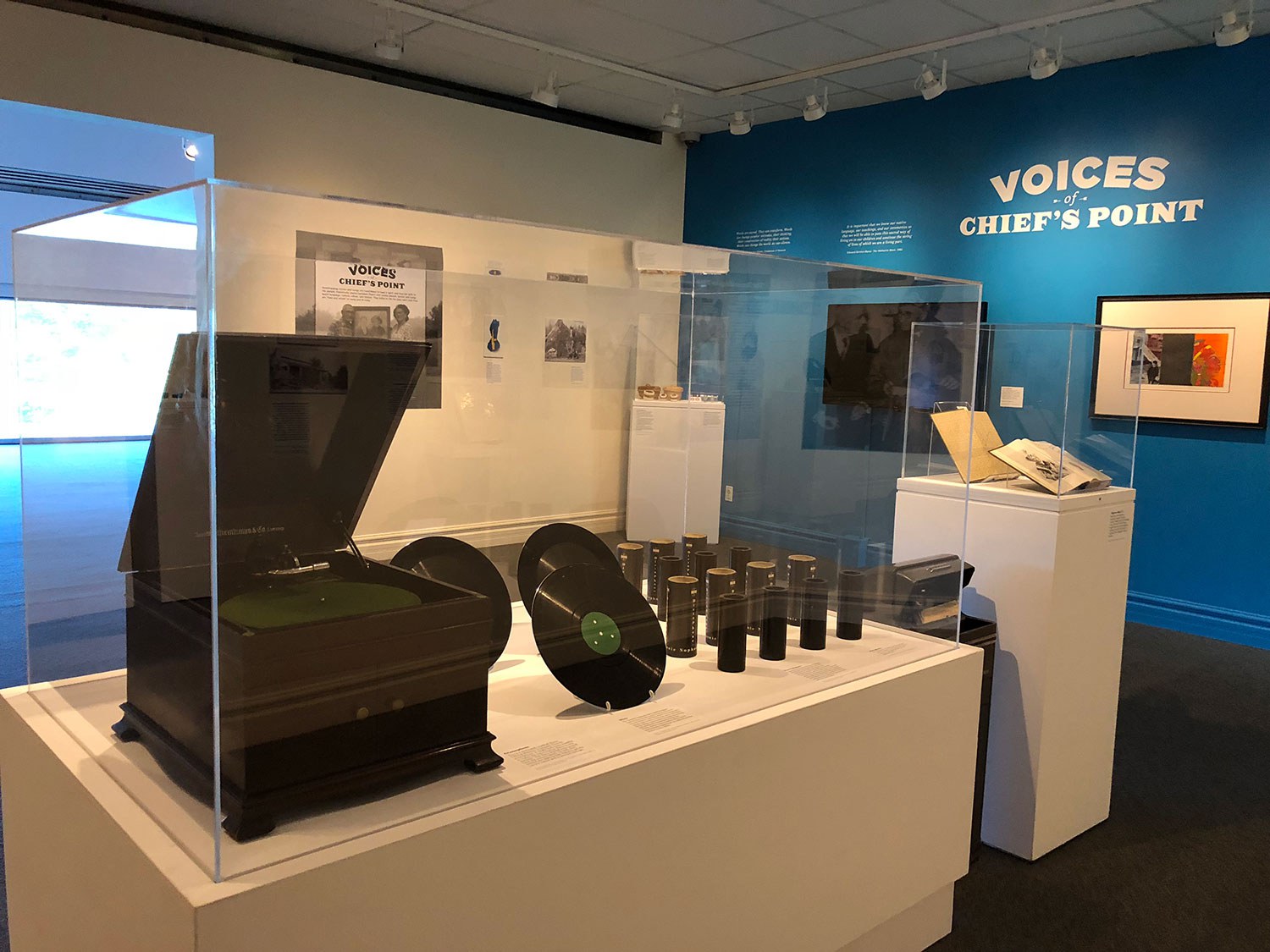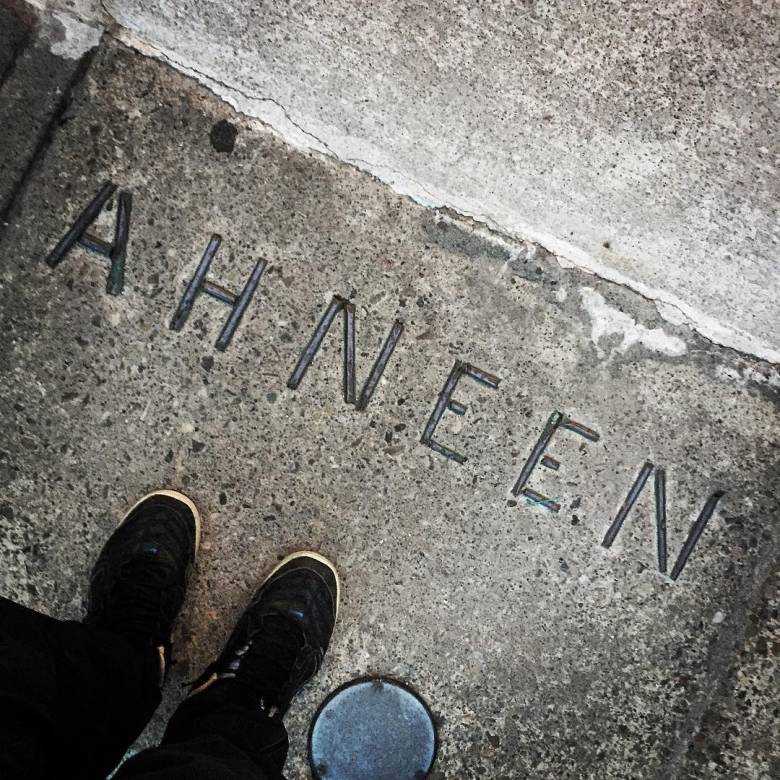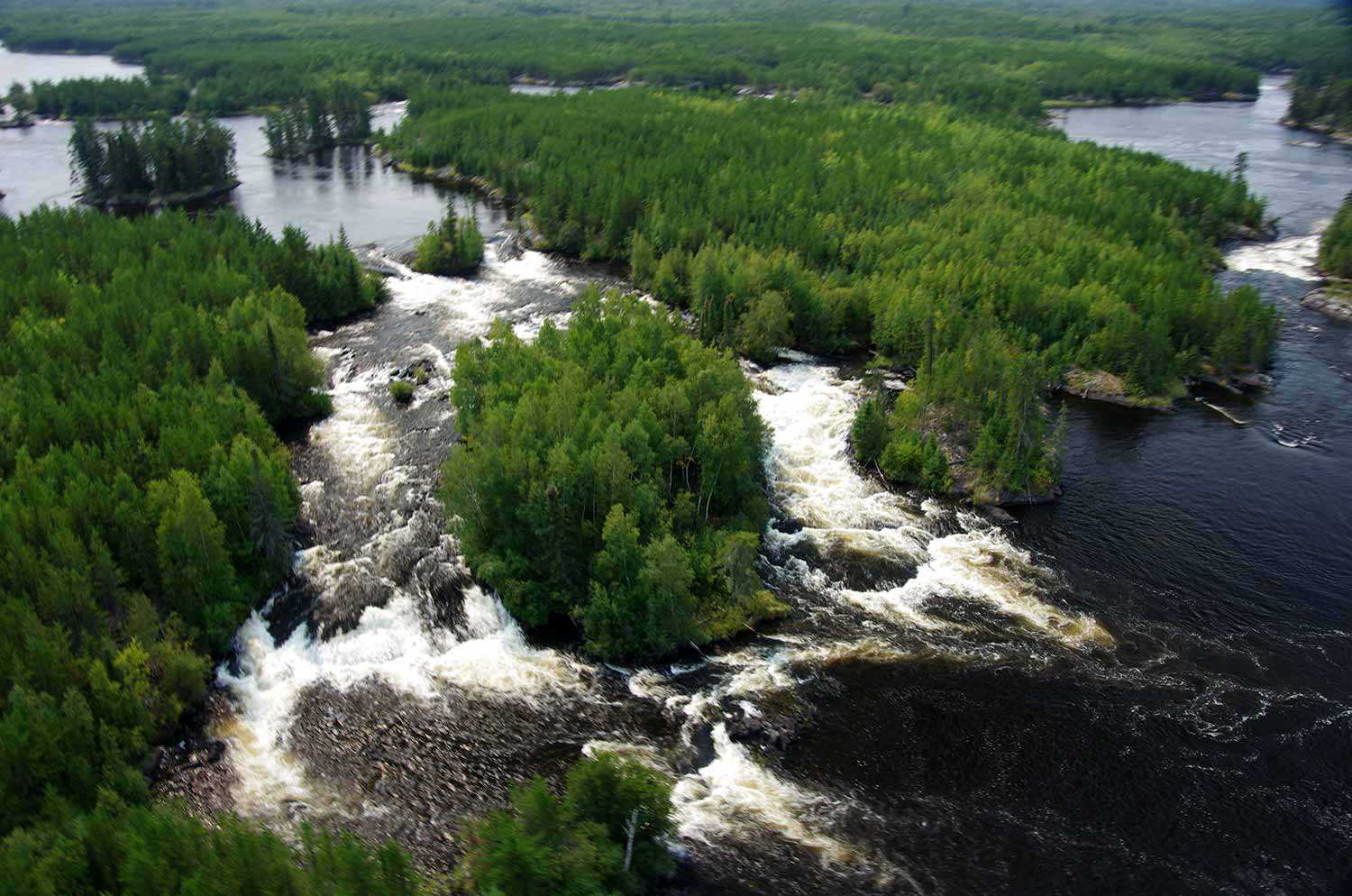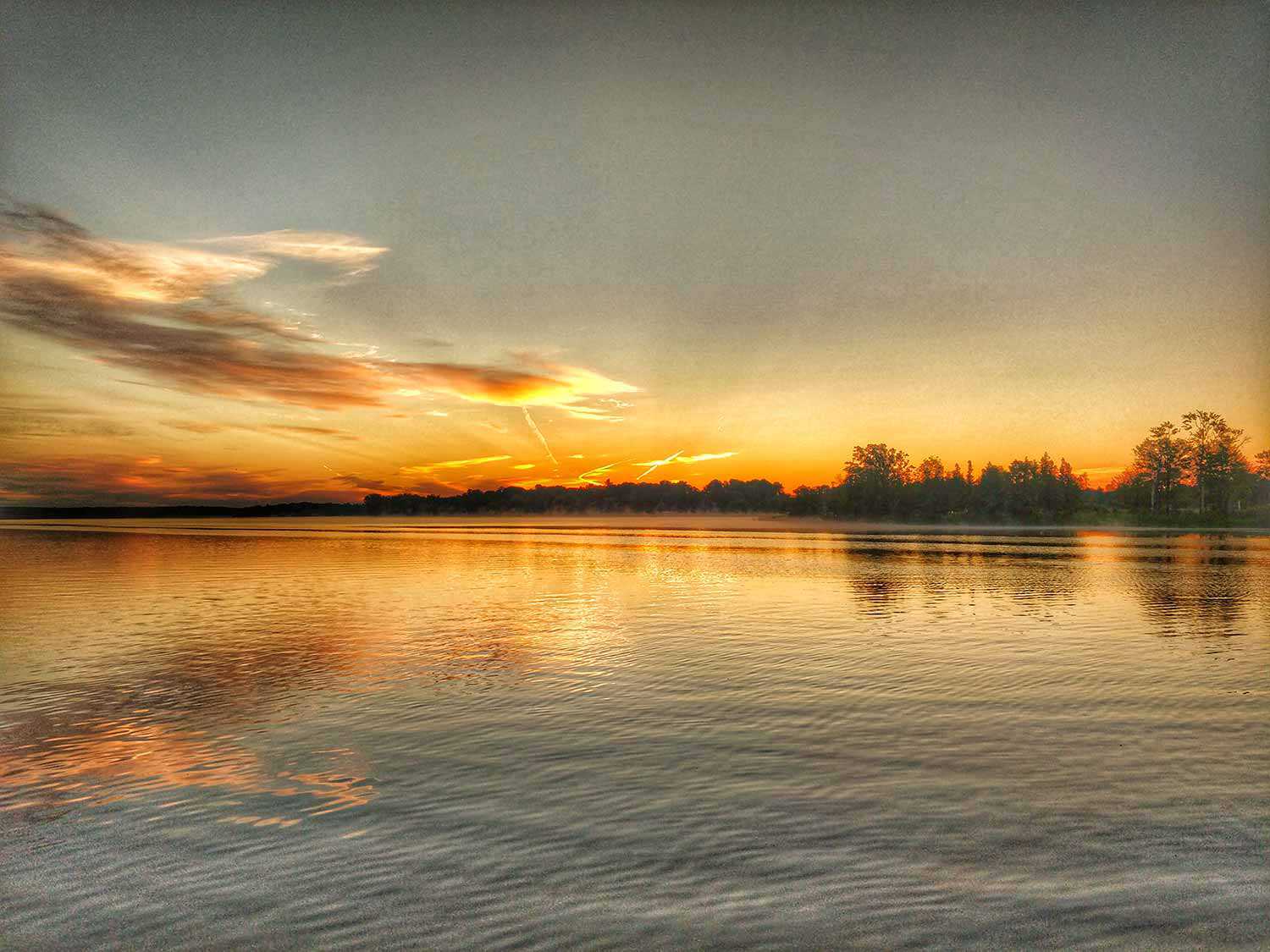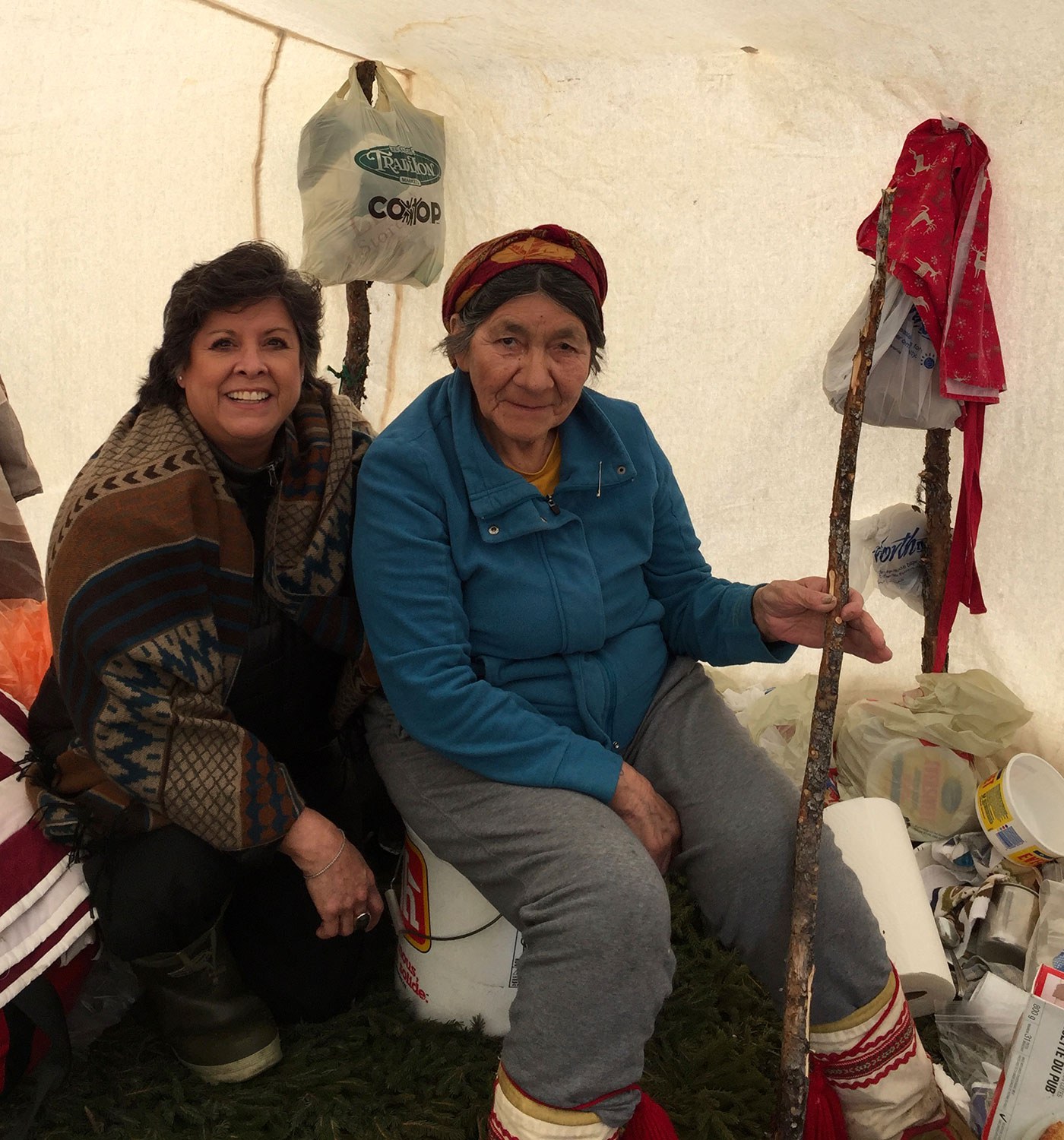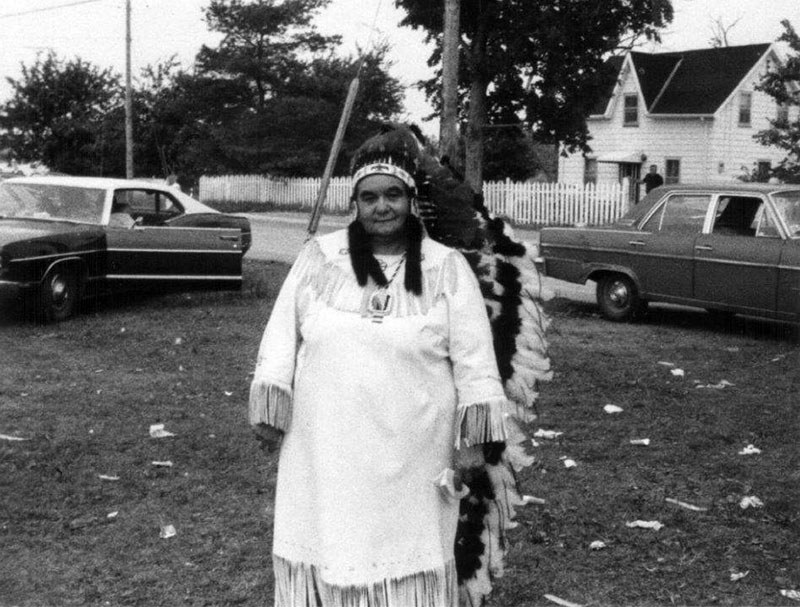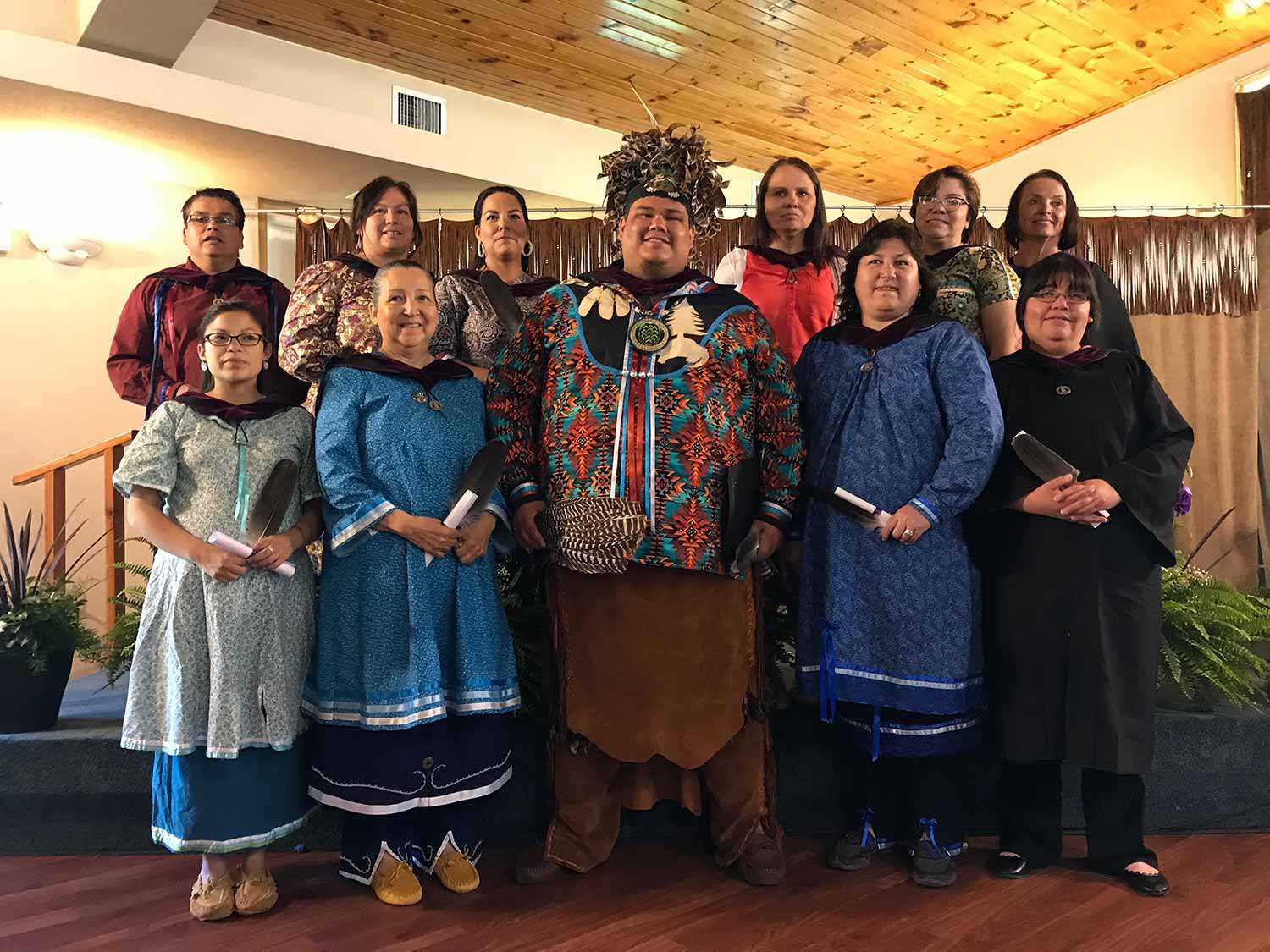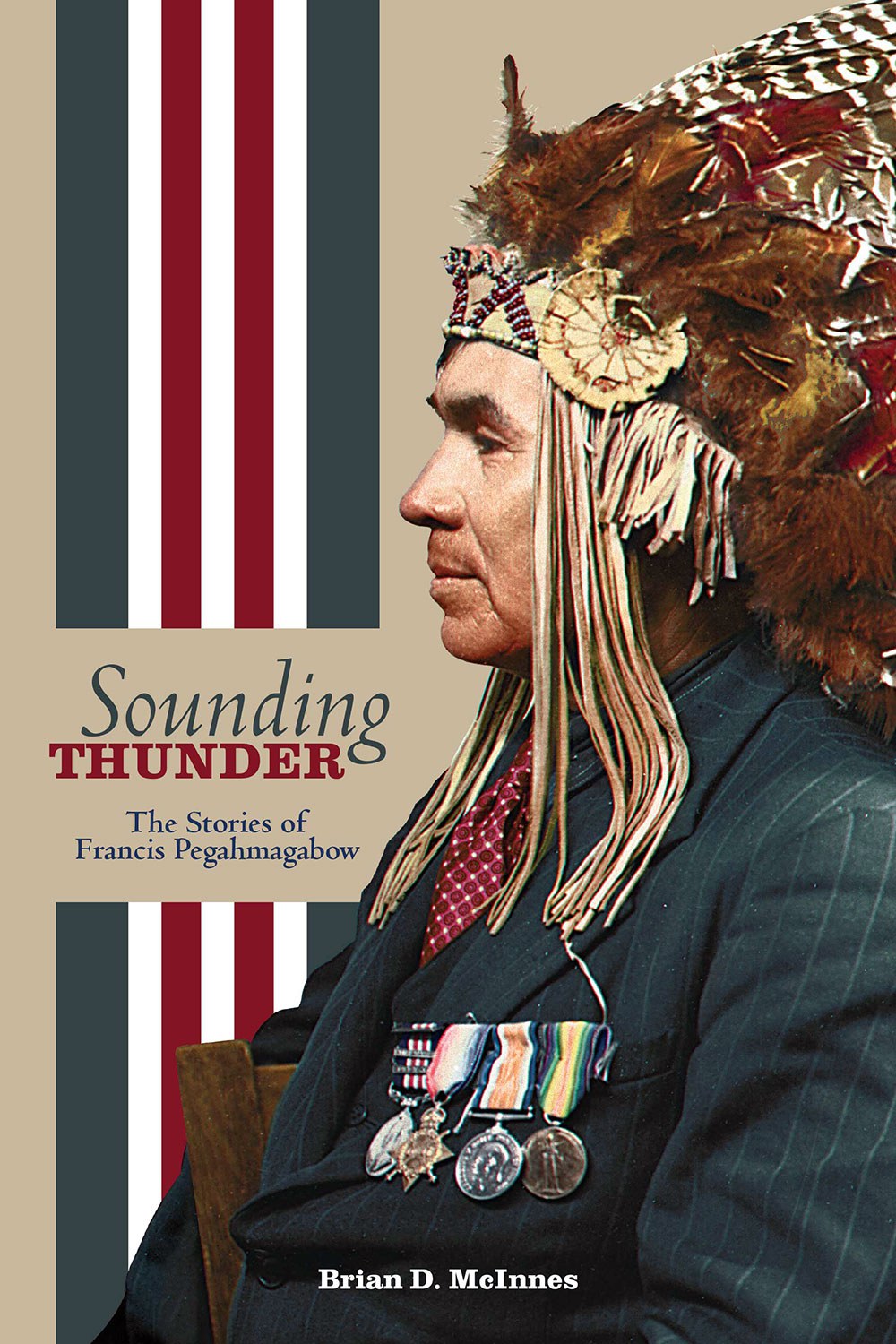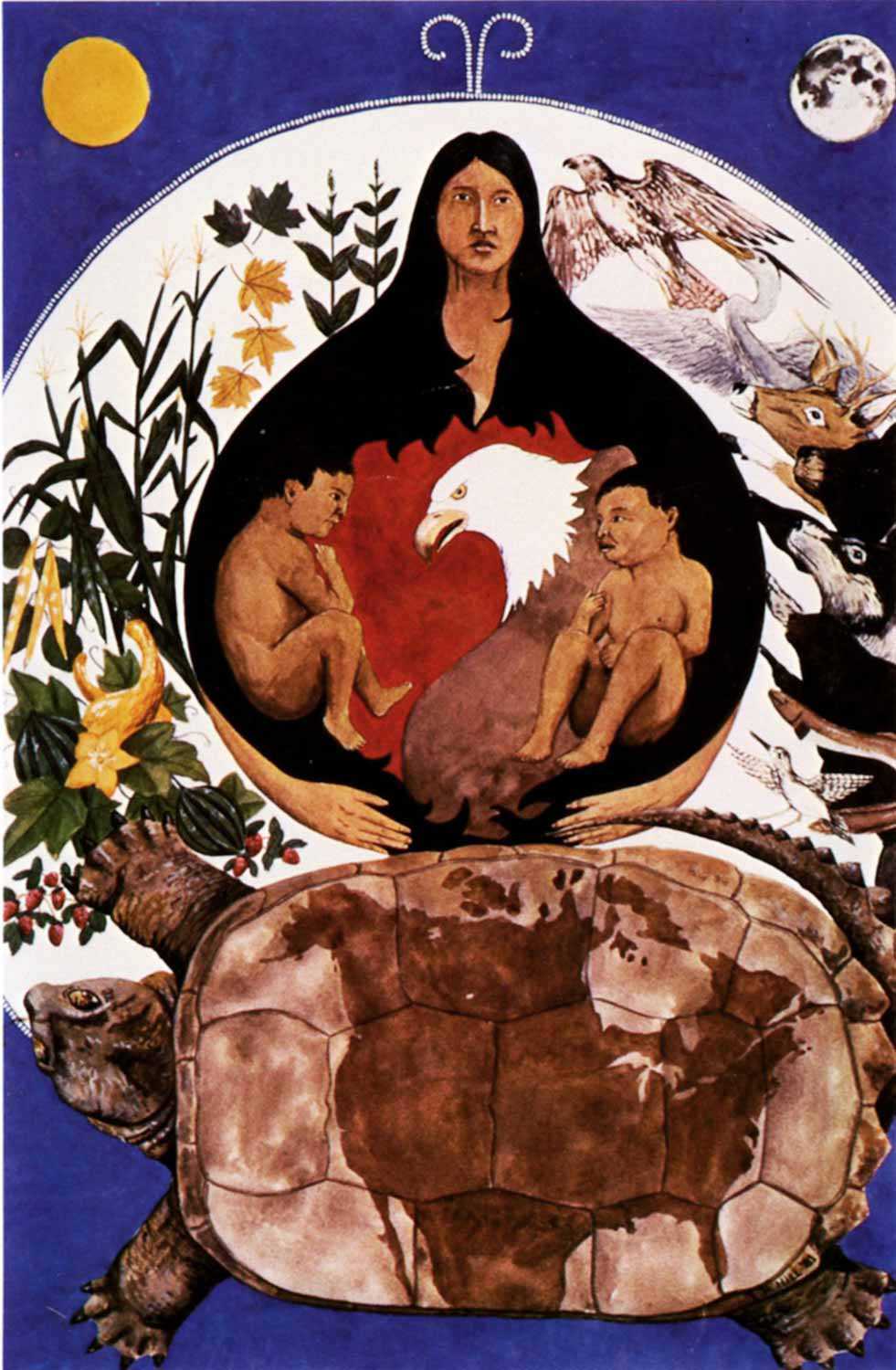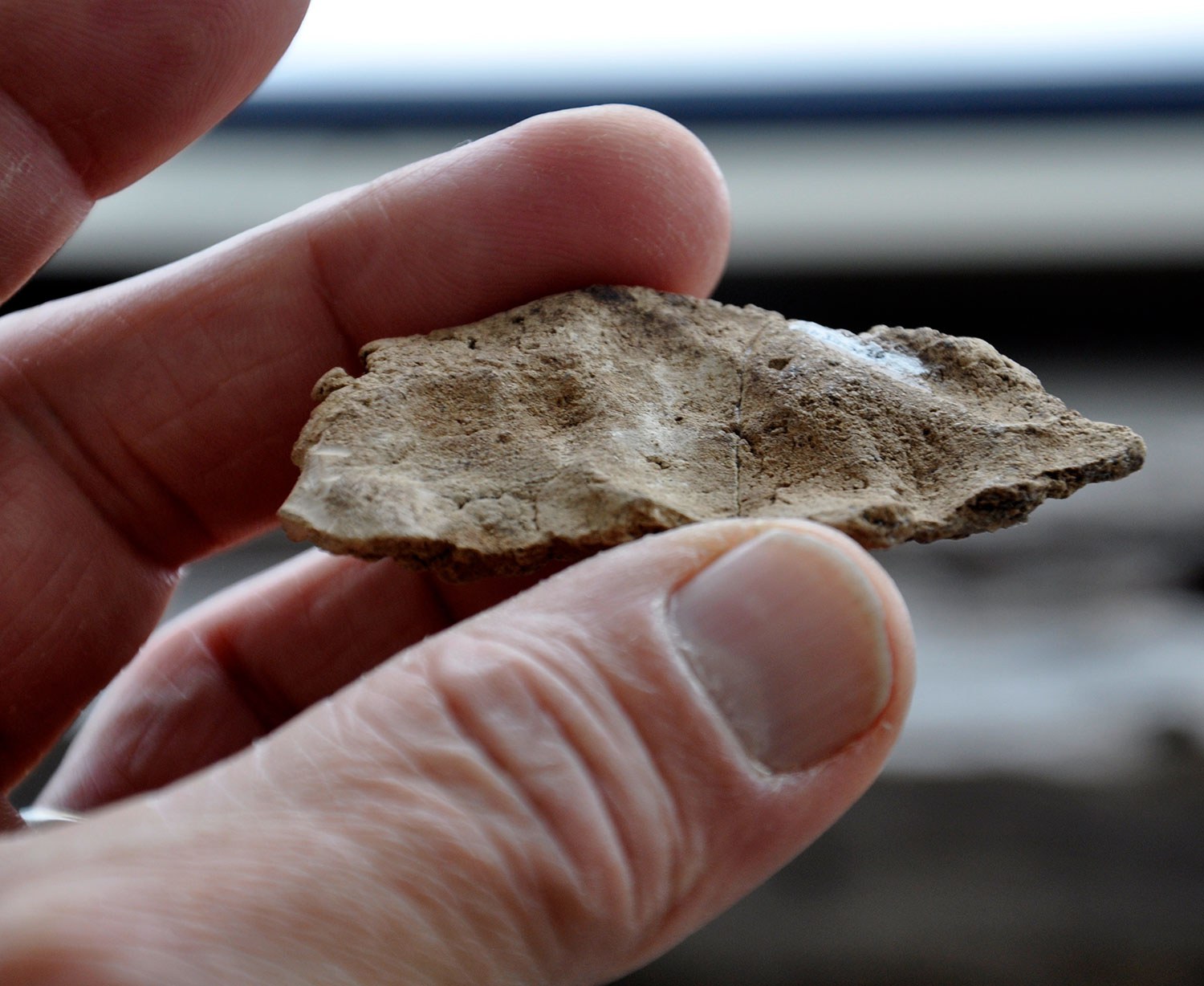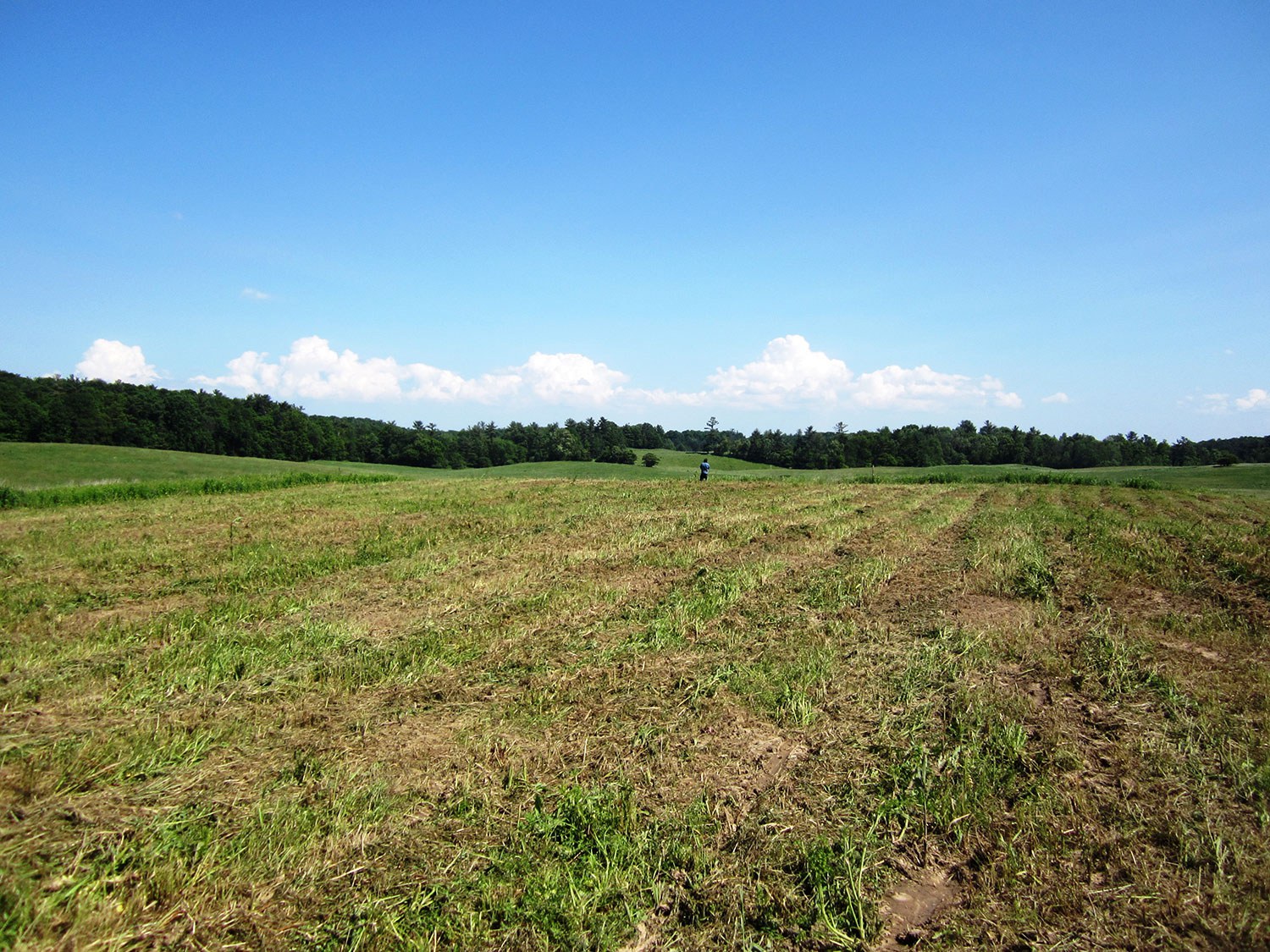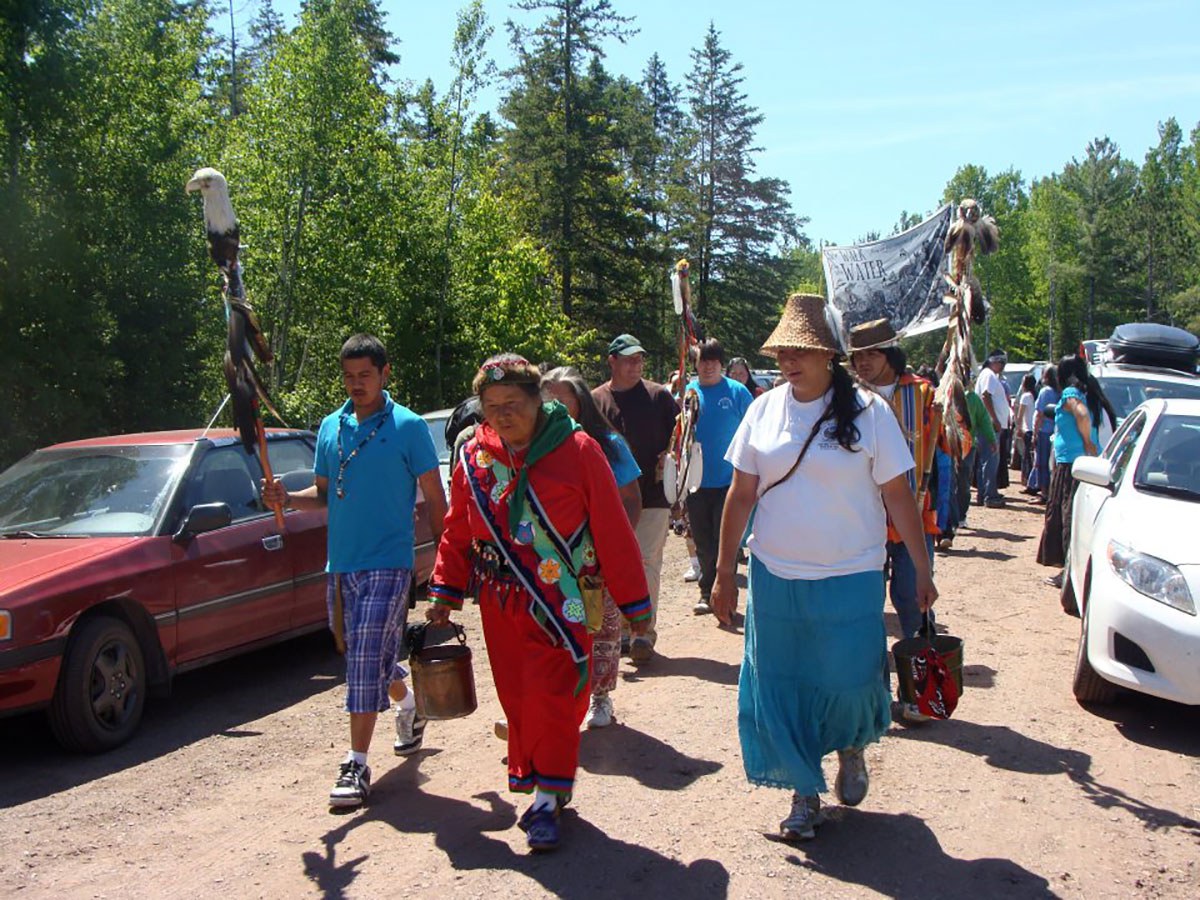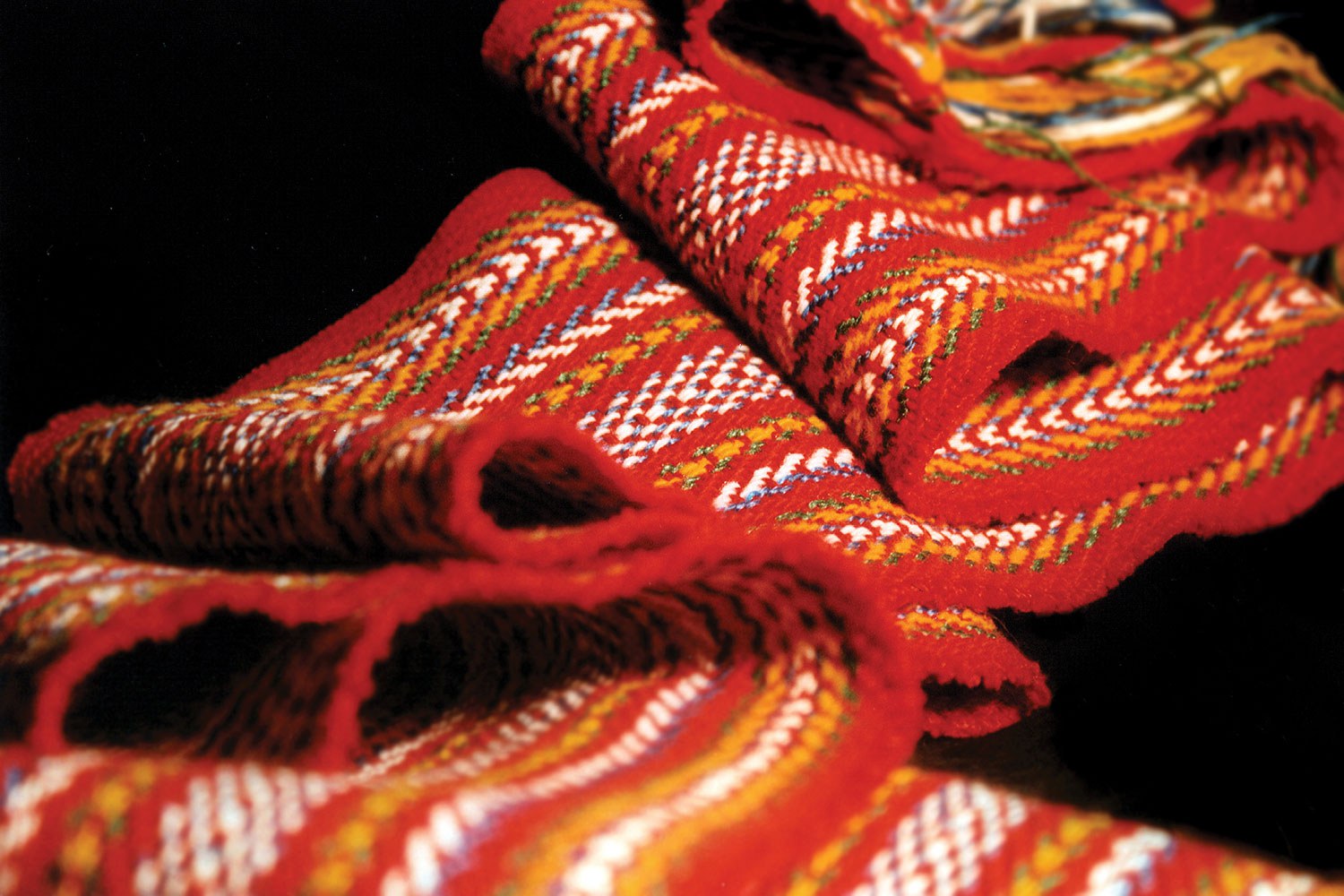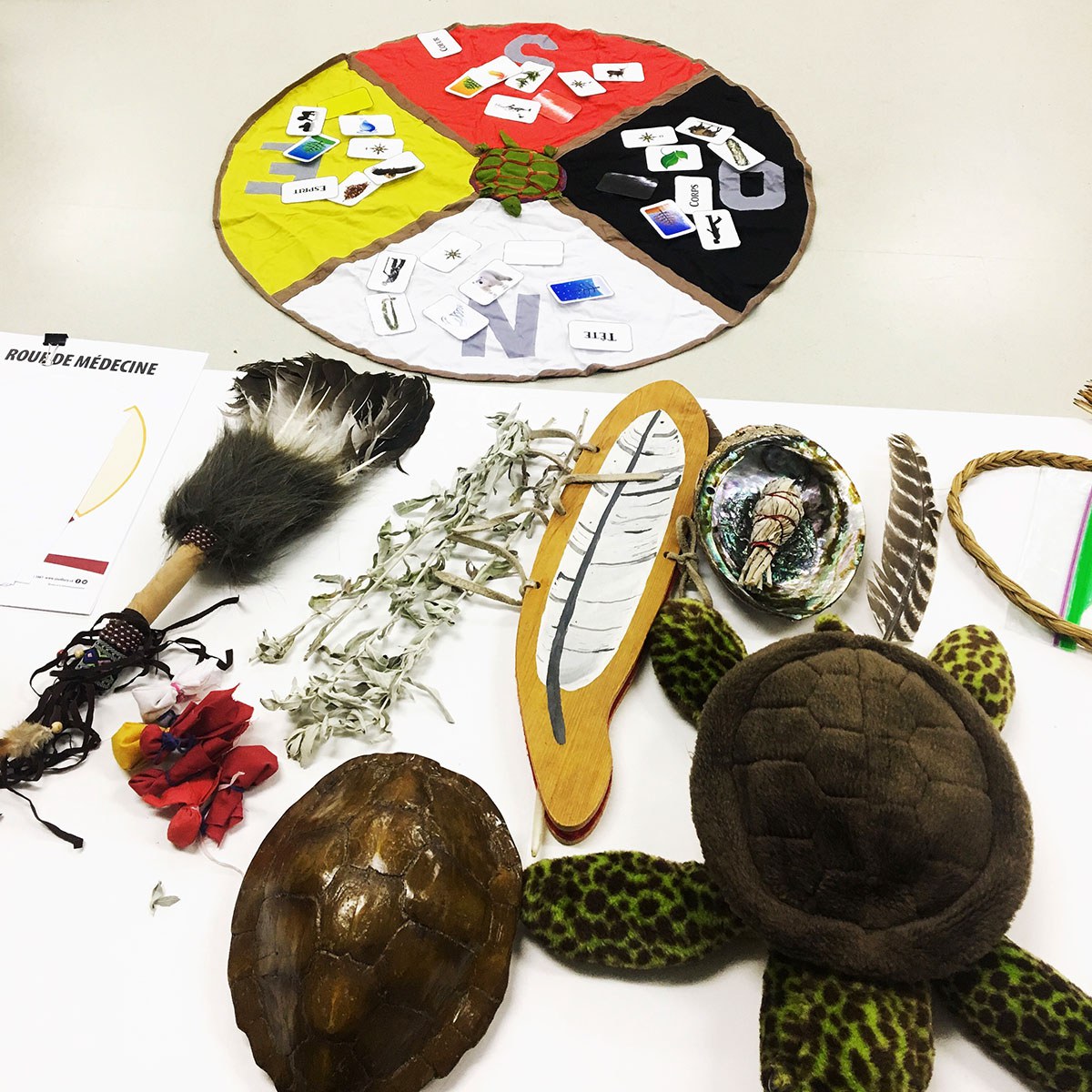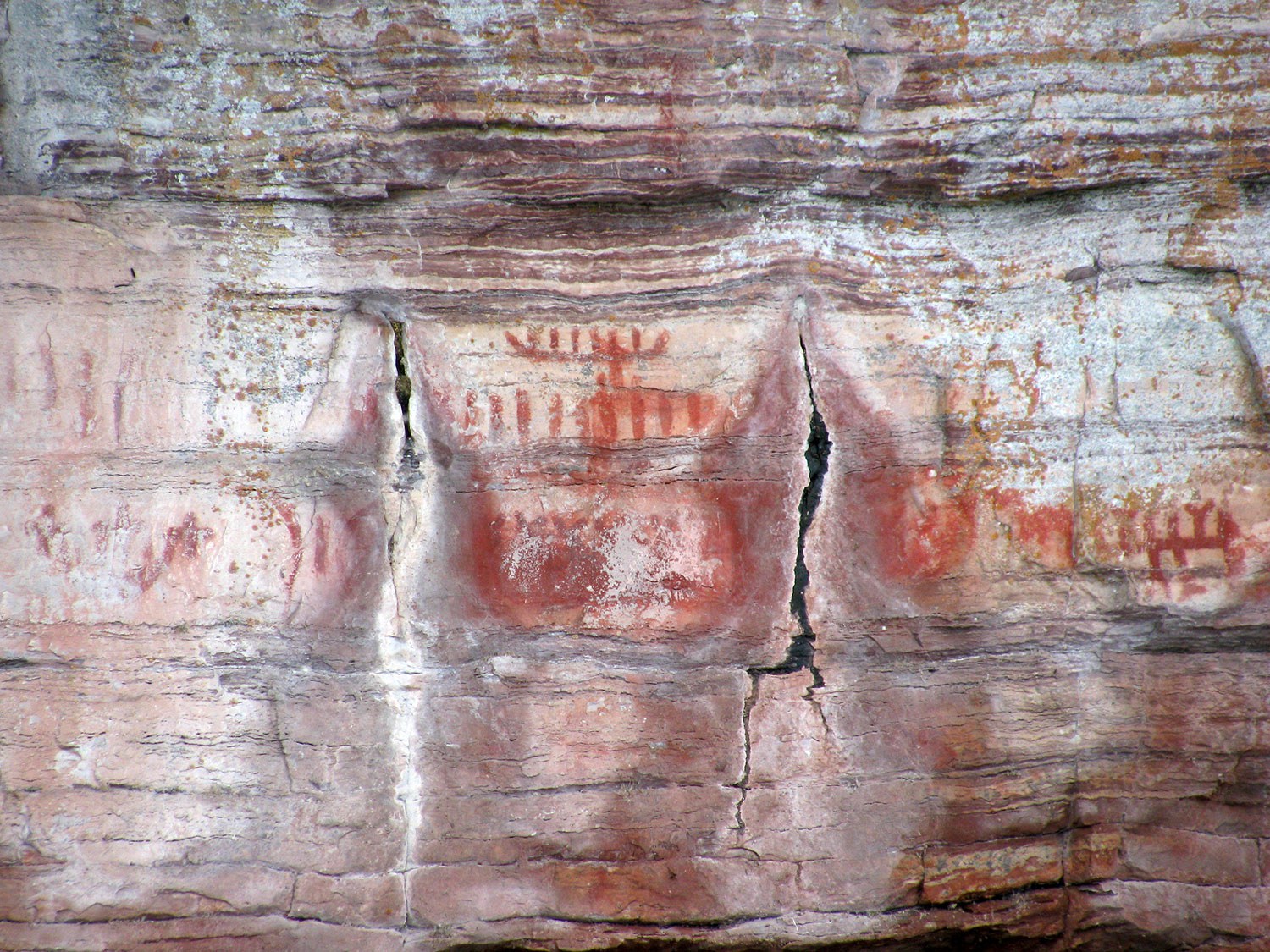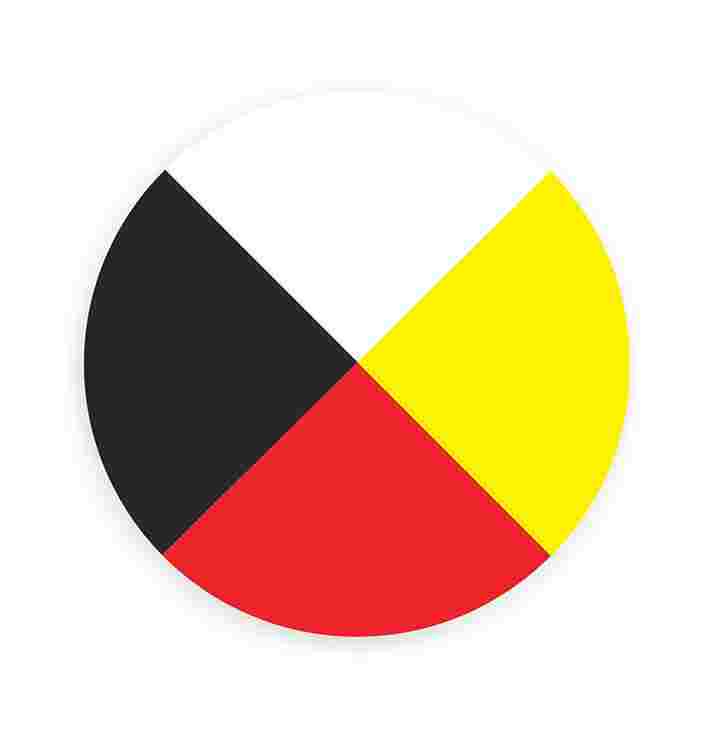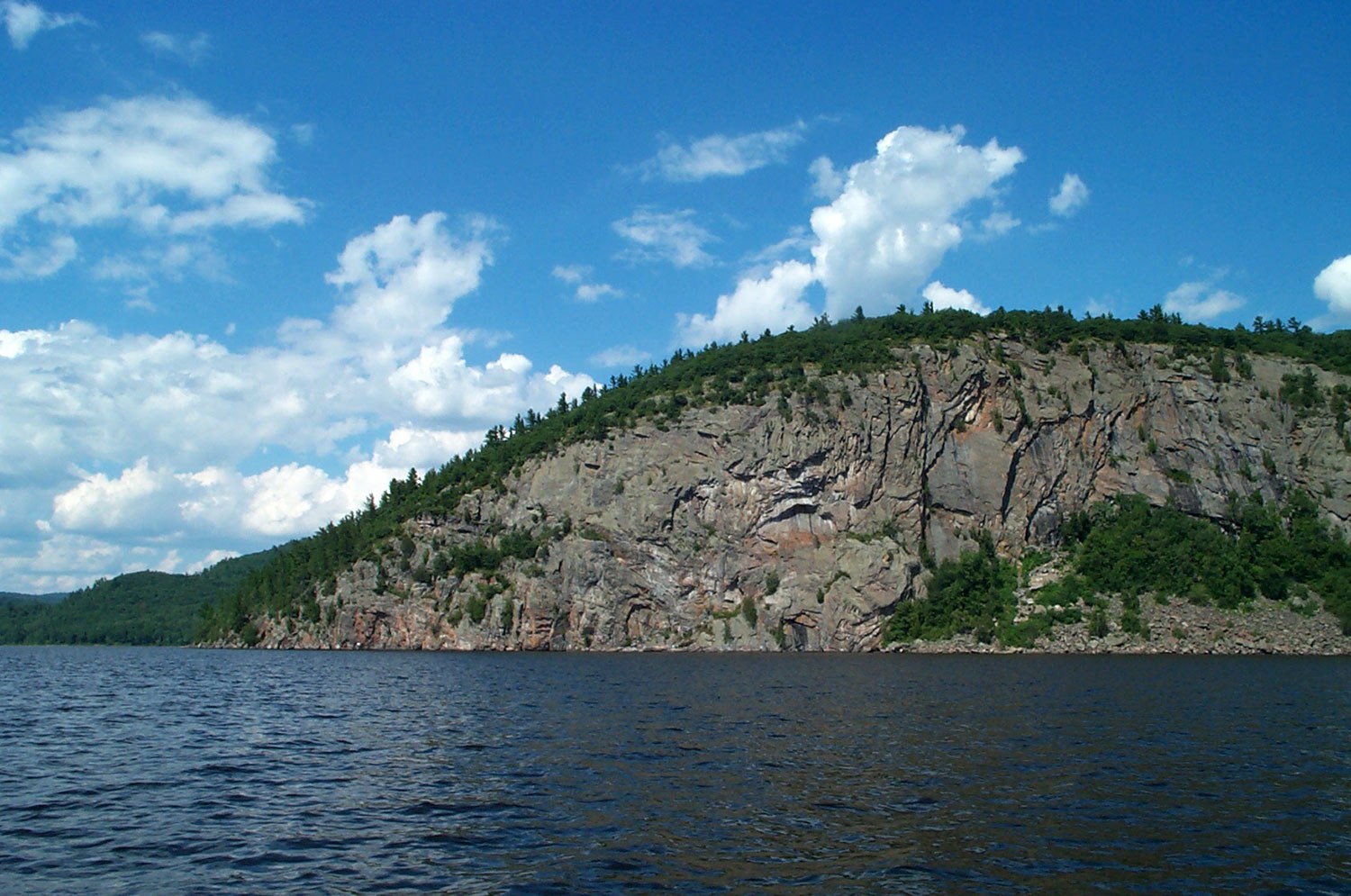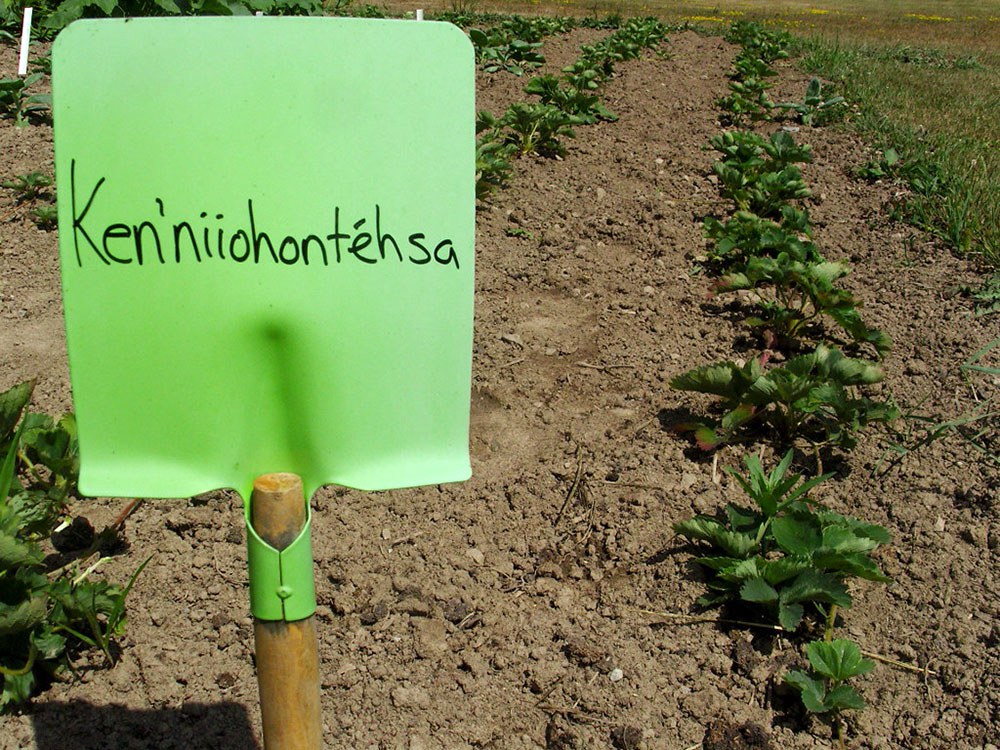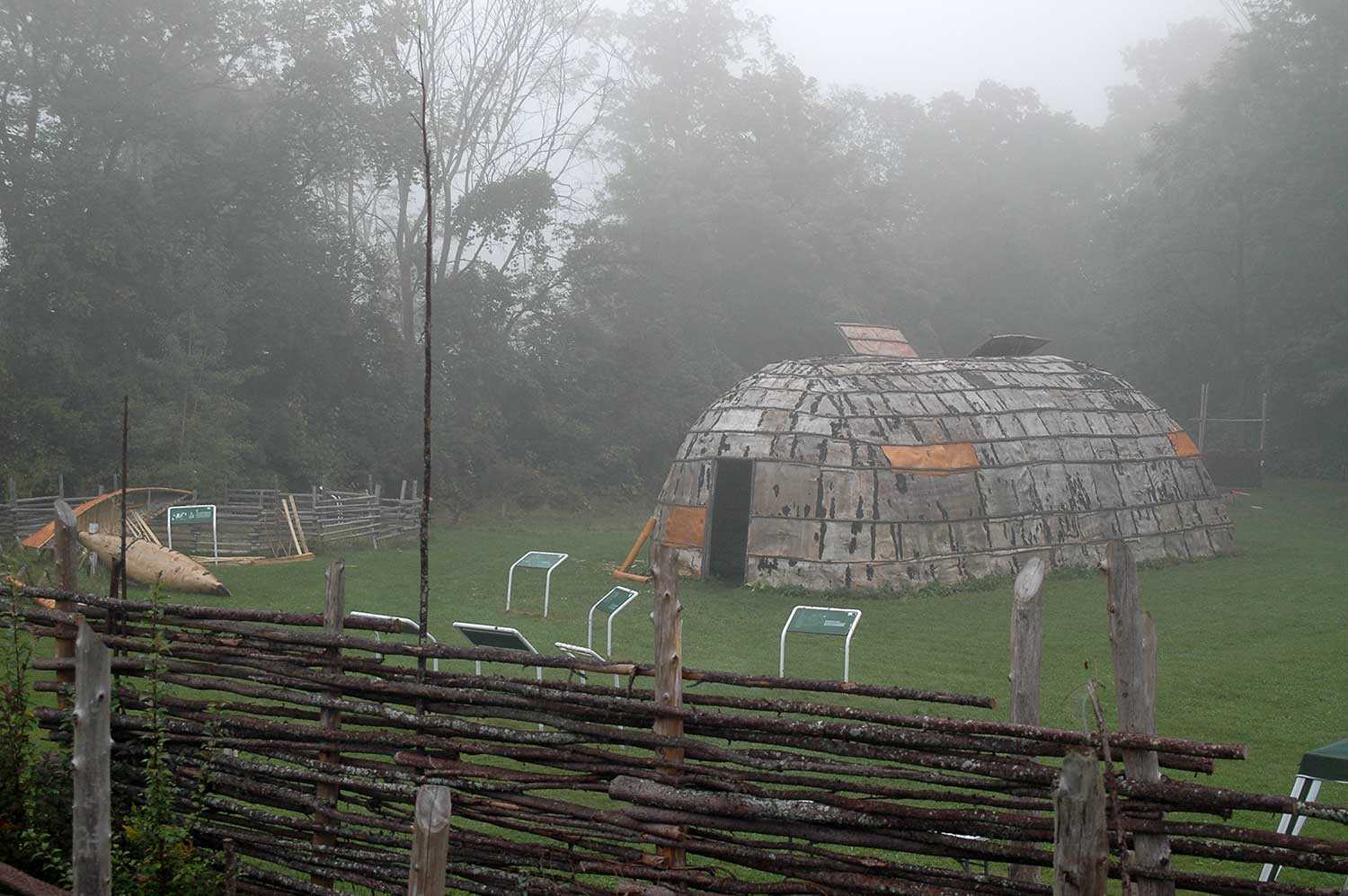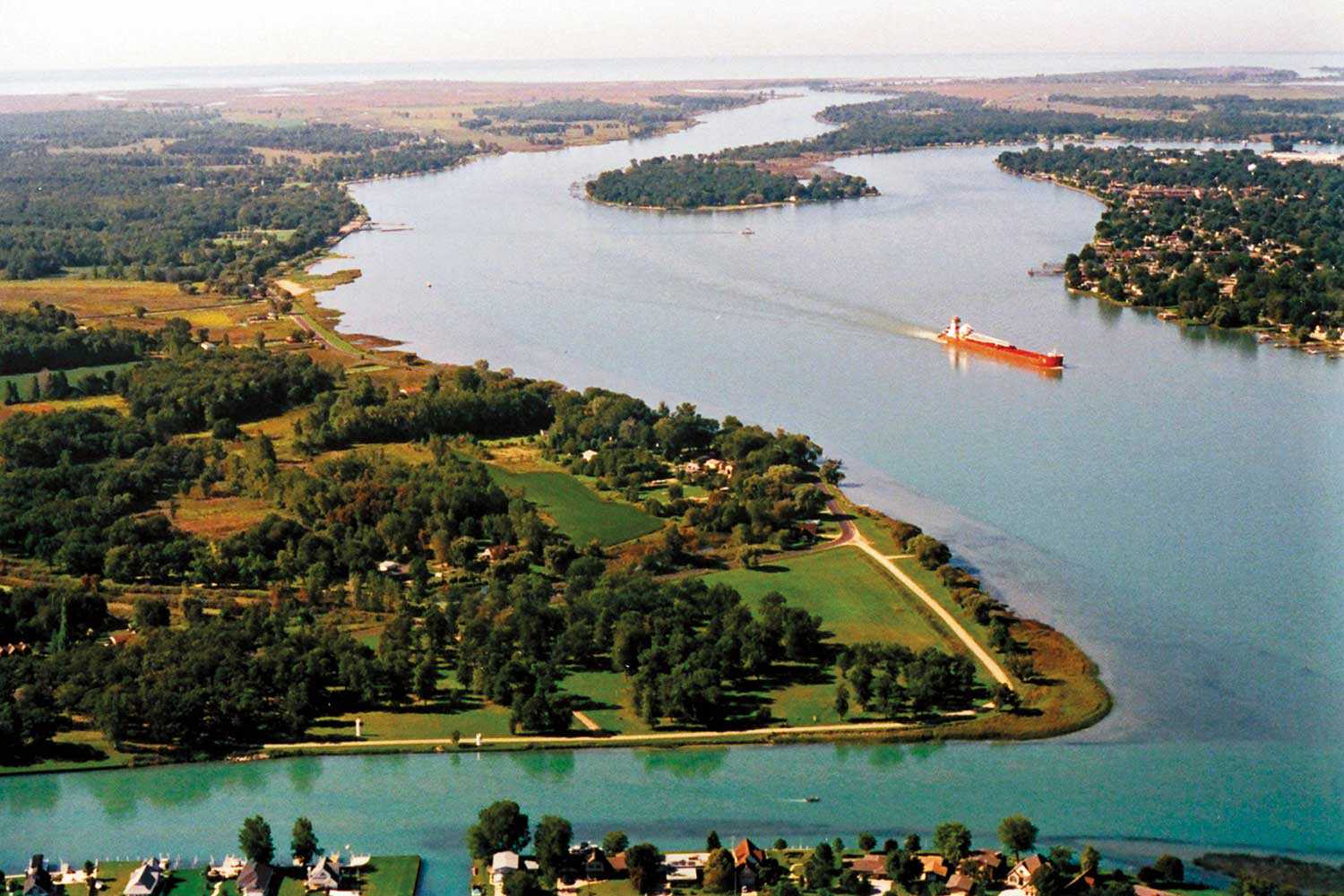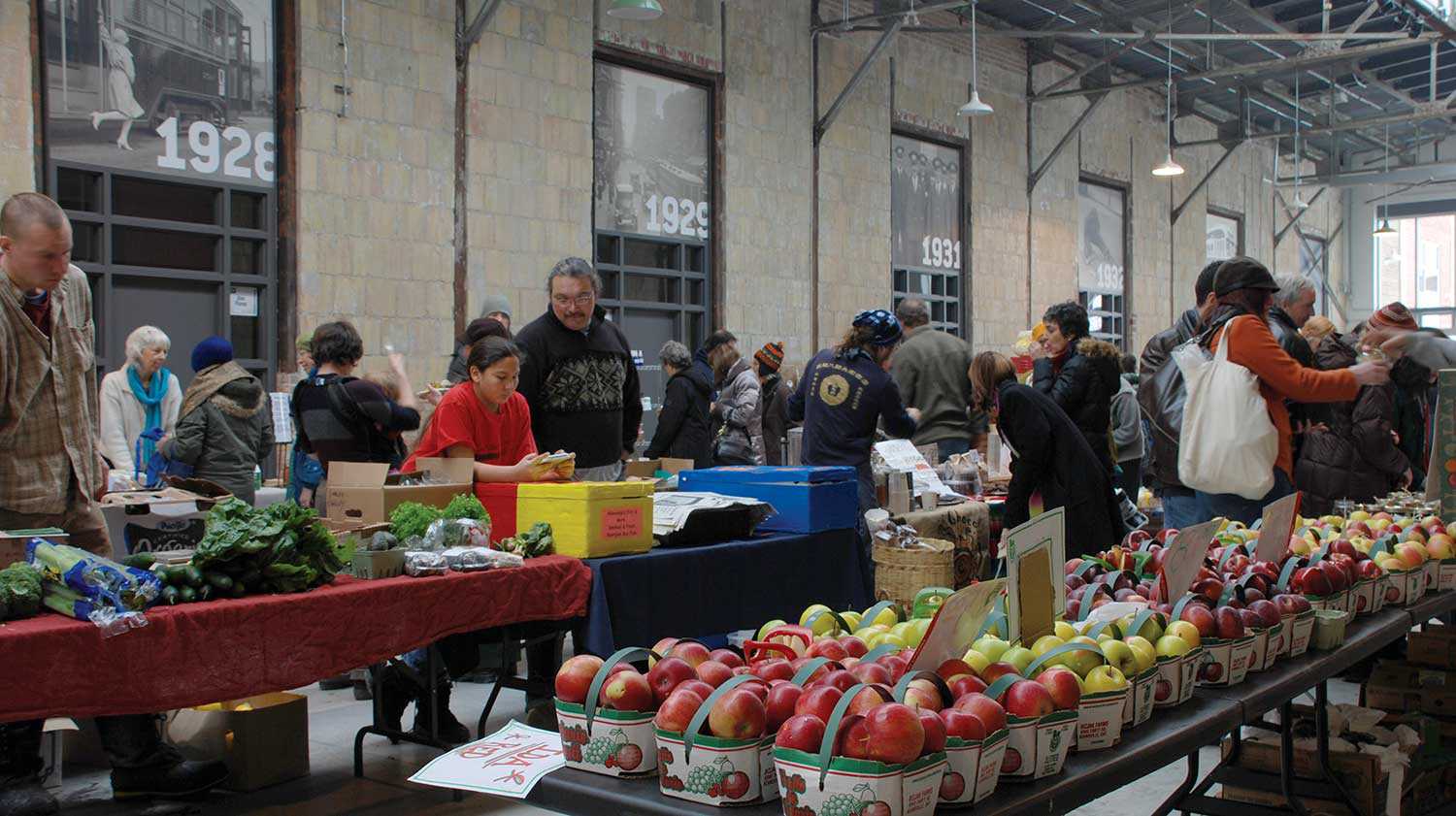

Browse by category
- Adaptive reuse
- Archaeology
- Arts and creativity
- Black heritage
- Buildings and architecture
- Communication
- Community
- Cultural landscapes
- Cultural objects
- Design
- Economics of heritage
- Environment
- Expanding the narrative
- Food
- Francophone heritage
- Indigenous heritage
- Intangible heritage
- Medical heritage
- Military heritage
- MyOntario
- Natural heritage
- Sport heritage
- Tools for conservation
- Women's heritage
Thonnakona: Returning the ancestors to the land
On a calm, clear Saturday in September 2013, 1,760 Huron-Wendat ancestors were reburied at a secluded and peaceful meadow.
Prior to the 17th century, the ancestors of the Huron-Wendat lived in the fertile river valleys north of Lake Ontario and along the St. Lawrence River. In the 17th century, some of them moved north to lands between Lake Simcoe and Georgian Bay.
They were excellent farmers, hunters, fishers and long-distance traders. By 1650, however, decades of intense conflict between the Iroquois nations allied with warring Europeans, famine and the impact of disease from Europe led to their abandoning what is now Ontario. Some re-established their community in Quebec, while others moved to Michigan, Oklahoma and Kansas. Today, the Huron-Wendat Nation is located at Wendake, Quebec – the only Wendat Nation remaining in Canada.
One of the Huron-Wendat villages was located in what is now Vaughan. Between 1940 and 1980, the ossuary from this village and 11 others across Ontario were excavated by archaeologists from the University of Toronto. The bodies of the ancestors and their funerary objects were removed for study and remained in the care of the university until 2013.
In 2010, the Huron-Wendat Nation, the University of Toronto and the Ontario Heritage Trust began a co-operative process to return these ossuaries in what became the largest reburial of aboriginal ancestors to have been undertaken in North America. First as partners, then as friends and finally as one mind, all were dedicated to the common goal of reconnecting the Huron-Wendat Nation with their ancestors and providing them a final and respectful resting place. The ancestors from 12 communities were to be reburied in one large, new ossuary to be known as Thonnakona, on the site from which 561 of them were removed in 1970. This site is now a significant natural heritage and archaeological preserve owned by the Trust and protected in perpetuity.
On that peaceful September Saturday, more than 100 people attended from Wendake and representatives of 15 First Nations travelled from all over North America to assist and bear witness. Leaders of the Akiawenrak Longhouse of Wendake led the reburial ceremony of 1,760 of their ancestors. For 40 years, these ancestors had been stored in boxes – their spirits separated from their land, their descendants and from one another. On this sunny day, the boxes were opened and the ancestors returned to the earth where they will lay for eternity. It was a private, serene, sacred ceremony.
The day ended with a banquet to commemorate the ancestors and to celebrate together. Food was shared. Gifts of thanks and friendship were exchanged with honour and respect.
The Wendat, the Trust and the University of Toronto set out in a spirit of goodwill, friendship and harmony to facilitate a respectful reconnection with the Huron-Wendat ancestors and to ensure that their resting place will be conserved as a tranquil natural landscape and sacred site in perpetuity. We are now discussing how best to share what we have learned; further information and analysis of this collaboration will be published. It is our sincere hope that the partnership forged will inspire others to follow in our footsteps.



